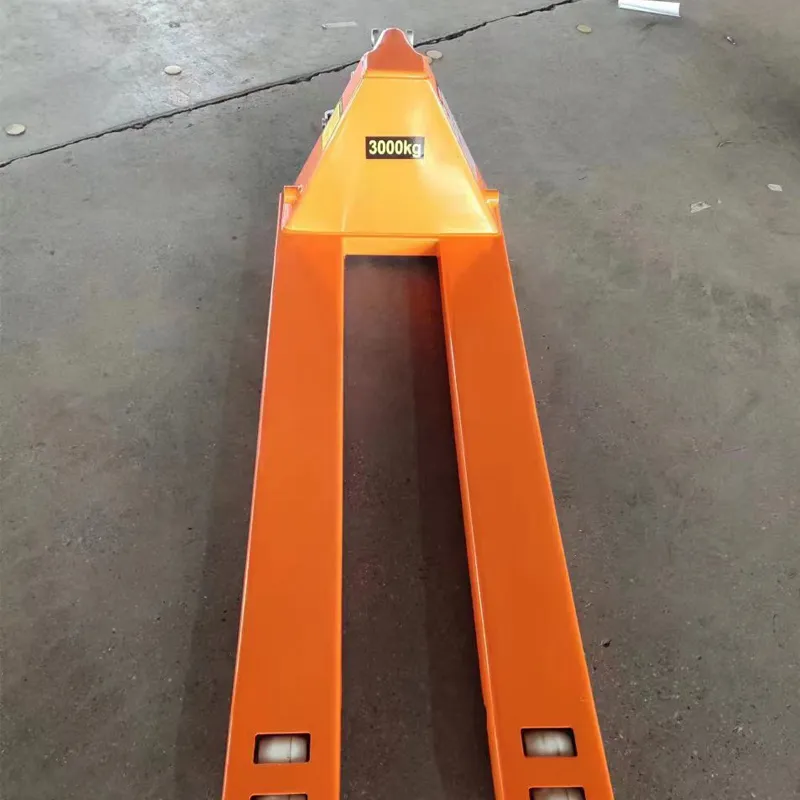


Understanding Fall Protection Safety in Construction and Beyond
Fall protection is a critical aspect of workplace safety, particularly in industries such as construction, manufacturing, and maintenance. Accidents due to falls from heights are among the leading causes of serious injuries and fatalities at work. Thus, it’s imperative that employers and employees alike understand the importance of fall protection measures. A recent video on fall protection provides valuable insights into this vital topic.
The Importance of Fall Protection
Every year, thousands of workers are injured in fall-related incidents. According to the Occupational Safety and Health Administration (OSHA), falls accounted for nearly 33% of all construction-related deaths in recent years. The need for effective fall protection systems becomes clear when we consider the potential consequences of a fall, not only for the injured worker but also for their families and colleagues. Implementing robust fall protection strategies can save lives and reduce injuries, making it a top priority for any organization.
Key Components of Fall Protection
The fall protection video outlines several key components of an effective fall protection program. The first step is to conduct a thorough risk assessment of the work environment. Identifying potential fall hazards, such as unprotected edges, openings, and elevated surfaces, allows organizations to develop targeted strategies to mitigate those risks.
Once hazards are identified, the next step involves choosing the right fall protection systems. These can include guardrails, safety nets, personal fall arrest systems (PFAS), and more. The video explains how each system works and discusses the scenarios in which each type is most effective. For instance, guardrails are ideal for providing a passive barrier at the edge of a roof or scaffold, while PFAS offers more flexibility for workers who need to move around on structures without permanent guardrails.
Training and Awareness

The video emphasizes that equipment alone cannot ensure safety; comprehensive training and awareness programs are equally crucial. Workers must be instructed on how to properly use fall protection equipment and recognize potential hazards. Regular training sessions should also be conducted to keep safety protocols fresh in employees' minds. This continual education helps to foster a culture of safety within the organization.
Moreover, the video highlights the importance of communication in fall protection efforts. Workers should feel empowered to speak up if they notice unsafe conditions or if they feel inadequate protection is being offered. Open lines of communication not only enhance safety but also promote teamwork and accountability.
The Role of Supervision and Policy
Finally, the video addresses the role of management and supervision in enforcing fall protection policies. It is not enough to have safety measures in place; management must actively ensure that these measures are being followed. Regular inspections of safety equipment and procedures can identify gaps in compliance before they lead to accidents.
Policies should be clear and easily accessible, outlining the specific responsibilities of each employee in maintaining safety standards. These policies must also be enforced consistently to ensure a safe working environment.
Conclusion
In summary, the fall protection video serves as a crucial resource in educating both employers and employees about maintaining safety in the workplace. By understanding the importance of fall protection, recognizing potential hazards, choosing appropriate safety measures, providing thorough training, and enforcing safety policies, organizations can significantly reduce the risk of falls. Workplace safety is everyone's responsibility, and through collaborative efforts, we can create safer environments that protect lives.



